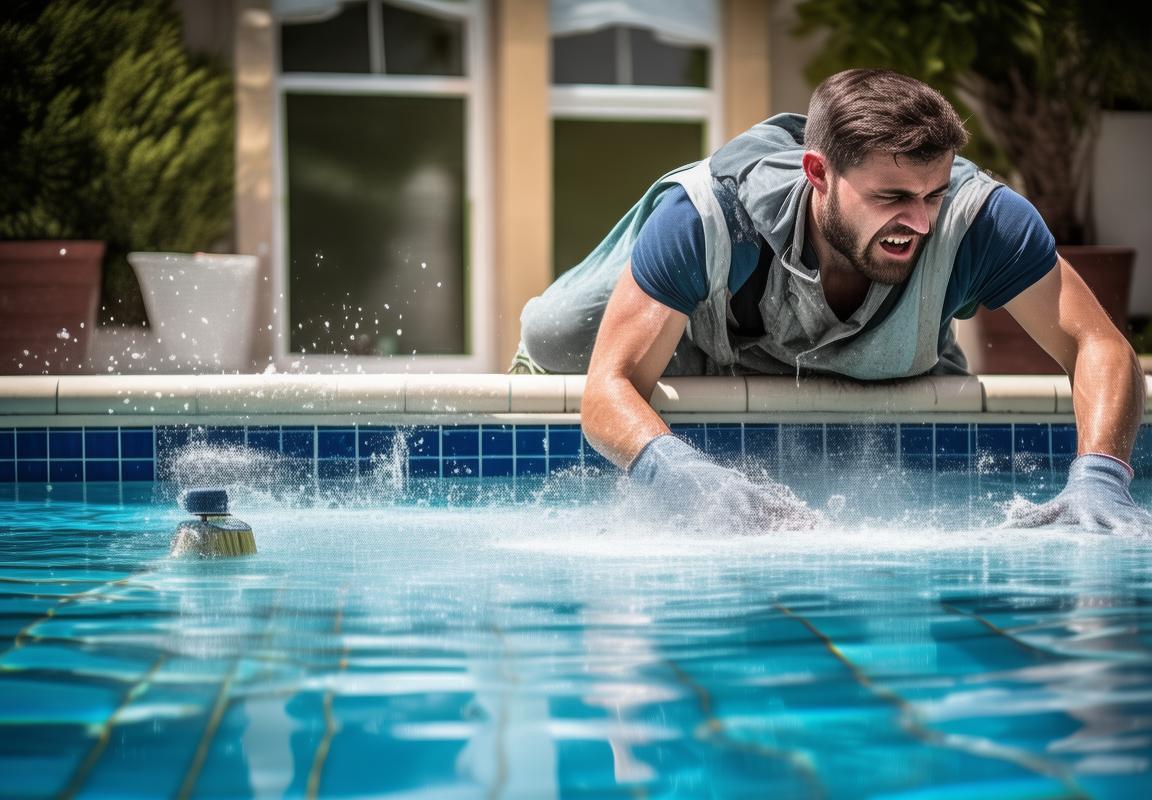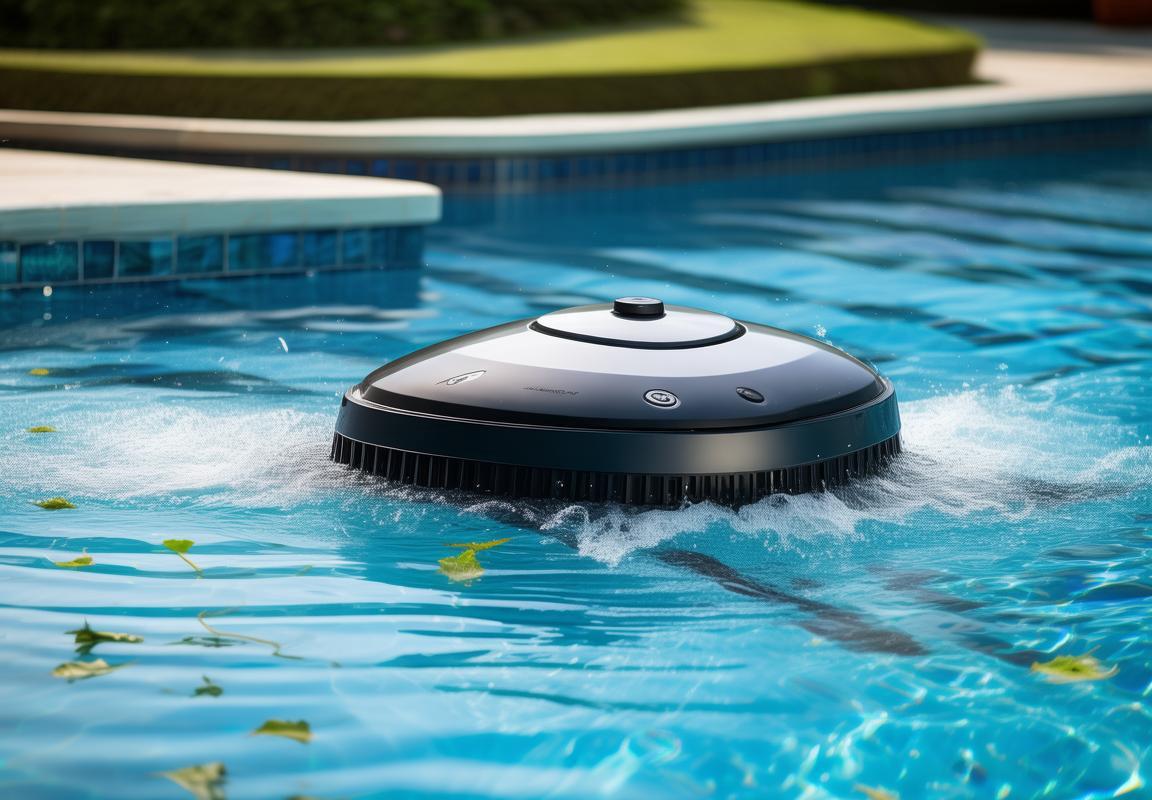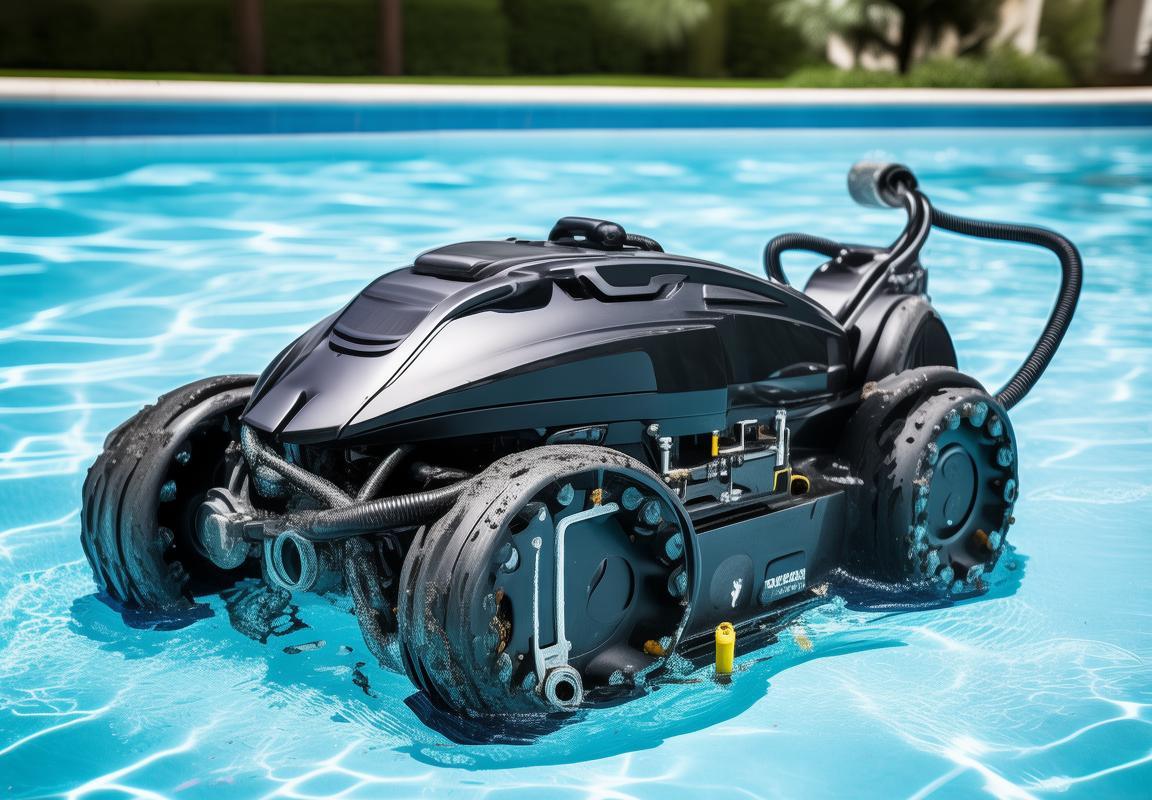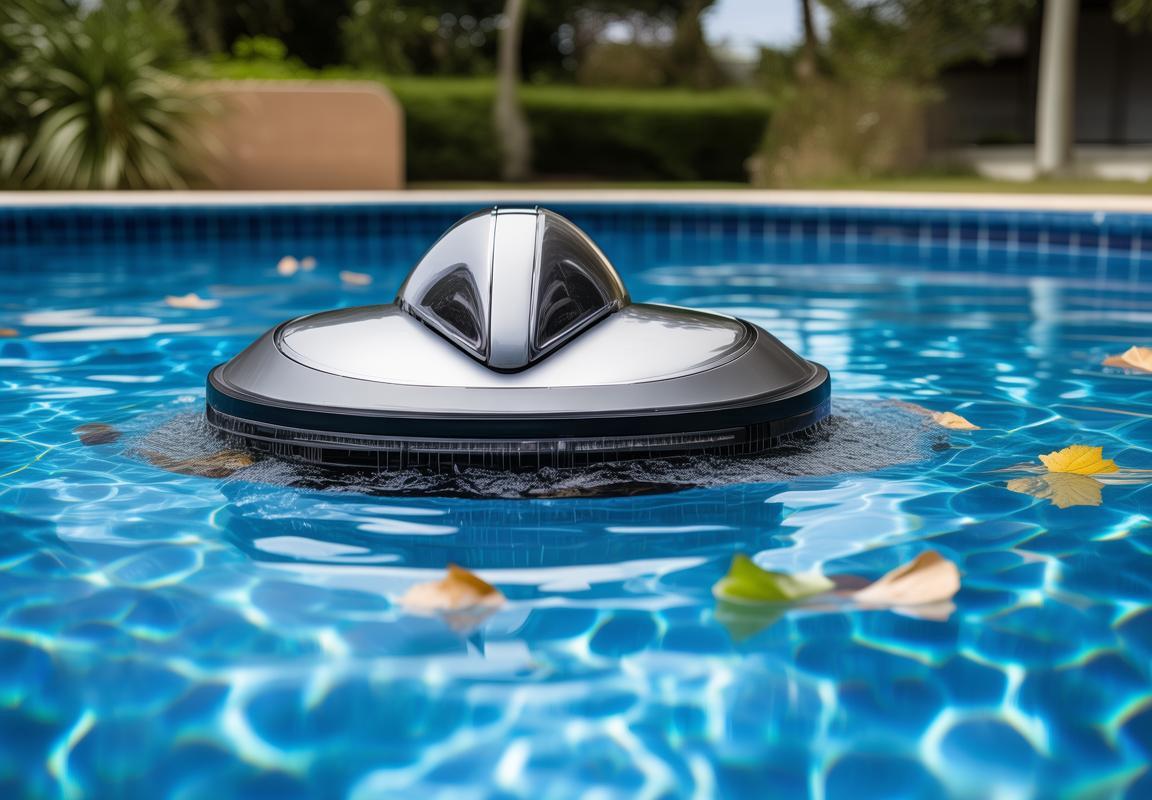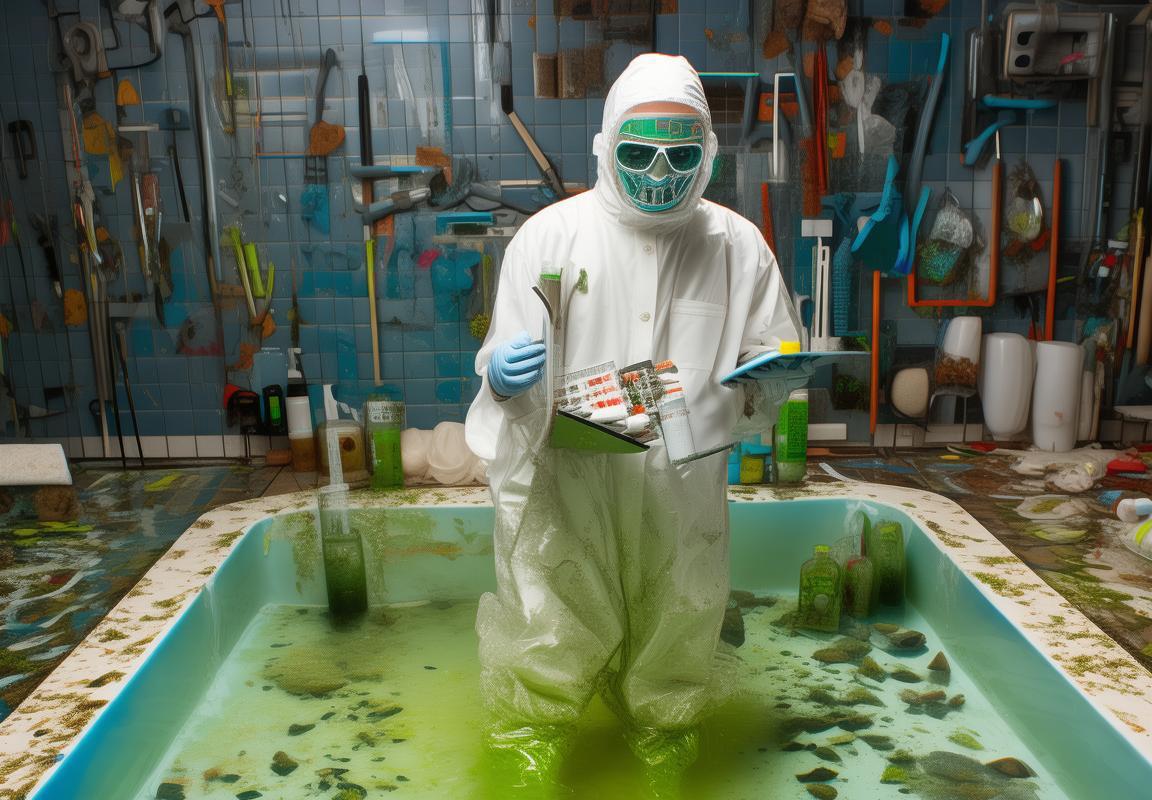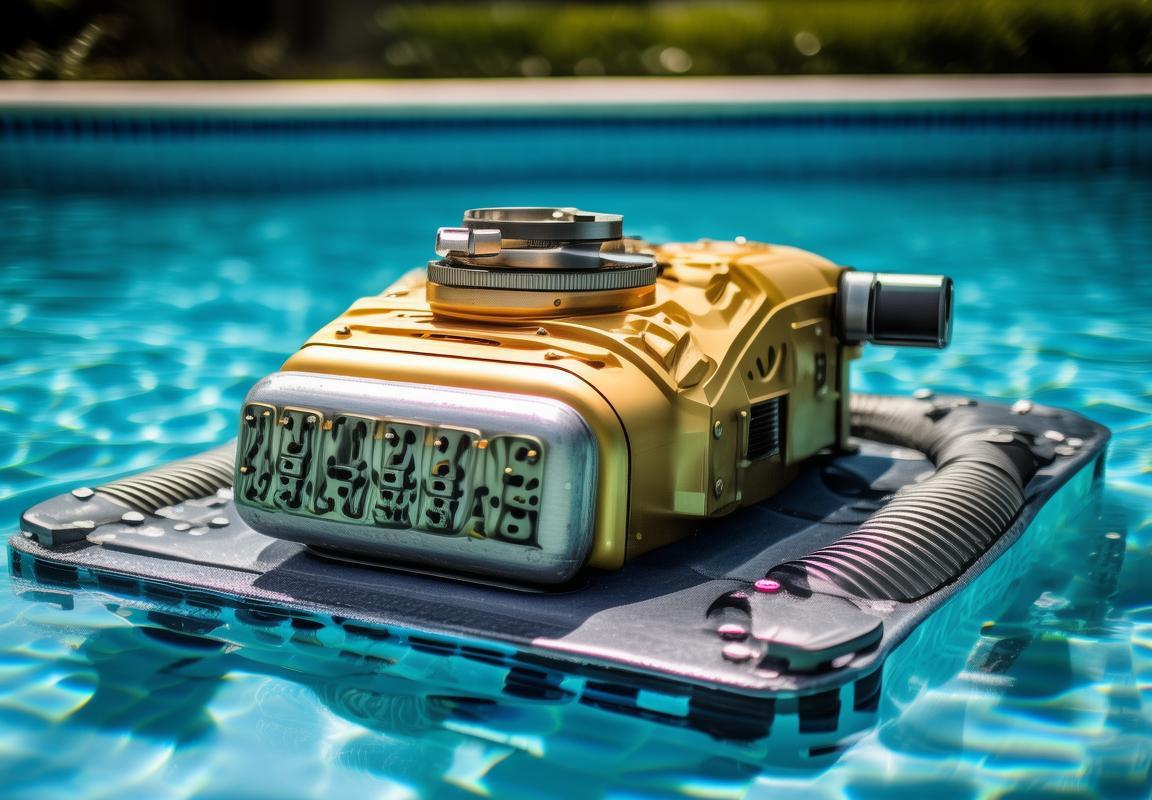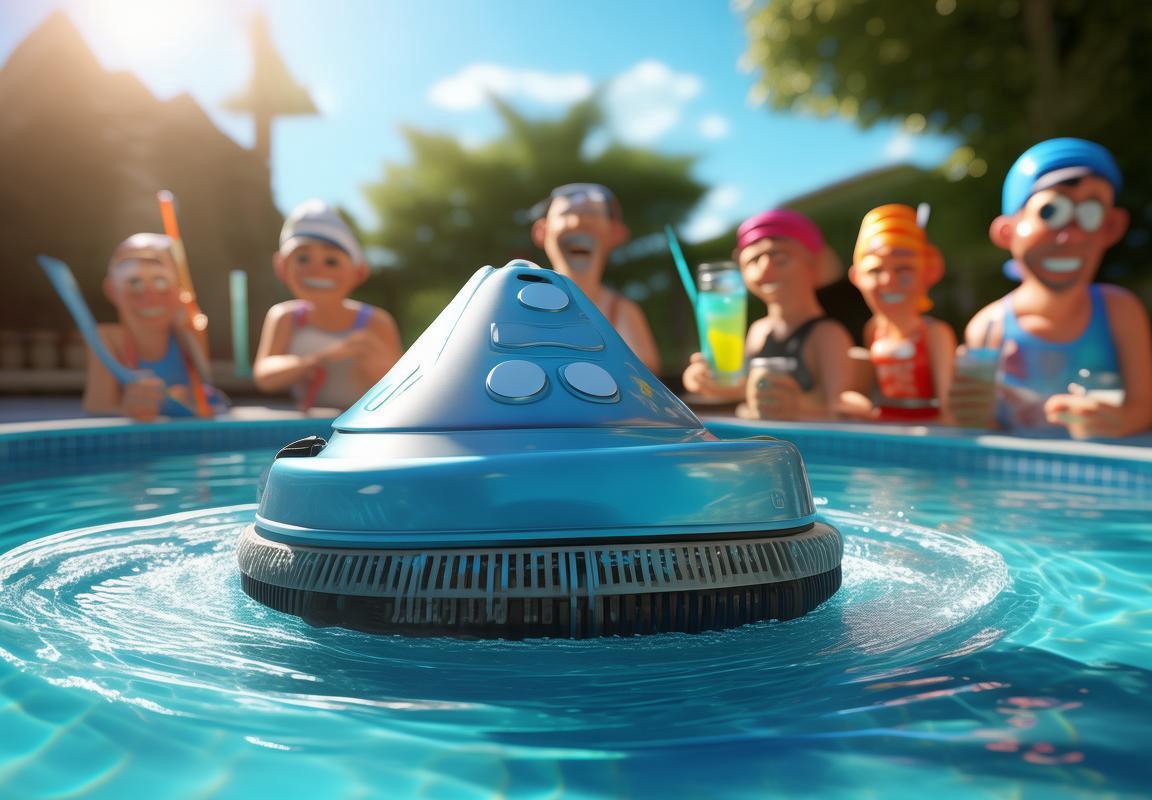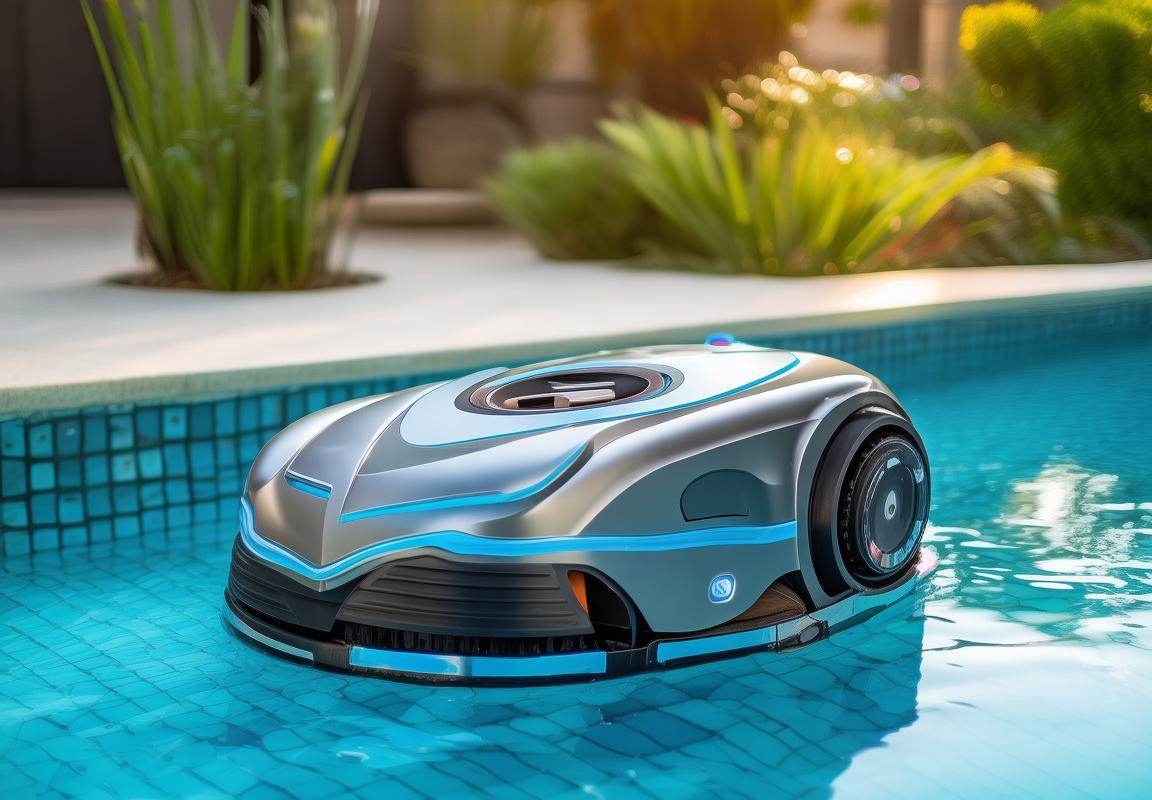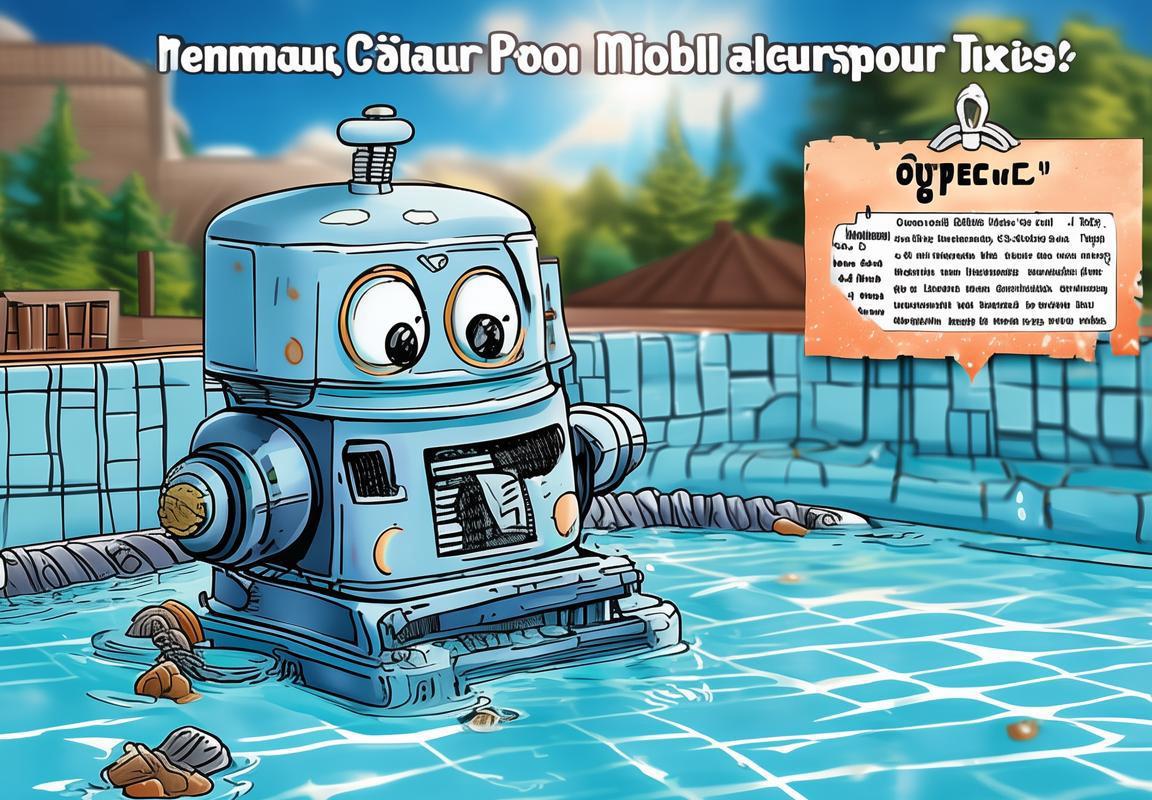Best Pool Tile Cleaner Guide: How to Clean & Maintain Tiles with Proper pH Levels
“Stop ruining your pool tiles with aggressive scrubbing—gentle circles with the best pool tile cleaner win every time. Scrubbing like a maniac etches tiles, turning them into a scratched, stain-prone mess. Instead, soak the area first, use a soft-bristle brush, and let the best pool tile cleaner do the work. Avoid steel wool or DIY vinegar mixes; they’re harsh on glazes and grout. Ignoring pH levels for pool tiles? High pH (above 7.6) causes stubborn scaling, while low pH eats away at finishes. Keep it balanced (7.2–7.6) to prevent crusty buildup and lazy chlorine. And skip the bleach—it fades colors and destroys grout. Stick to pH-neutral, pool-safe cleaners (like enzyme-based options) to tackle algae and calcium without collateral damage. Test weekly, adjust chemicals properly, and your tiles will stay sparkling longer than your patience at a DMV. Bottom line: The best pool tile cleaner + smart maintenance = no more zombie-apocalypse pool vibes.”
